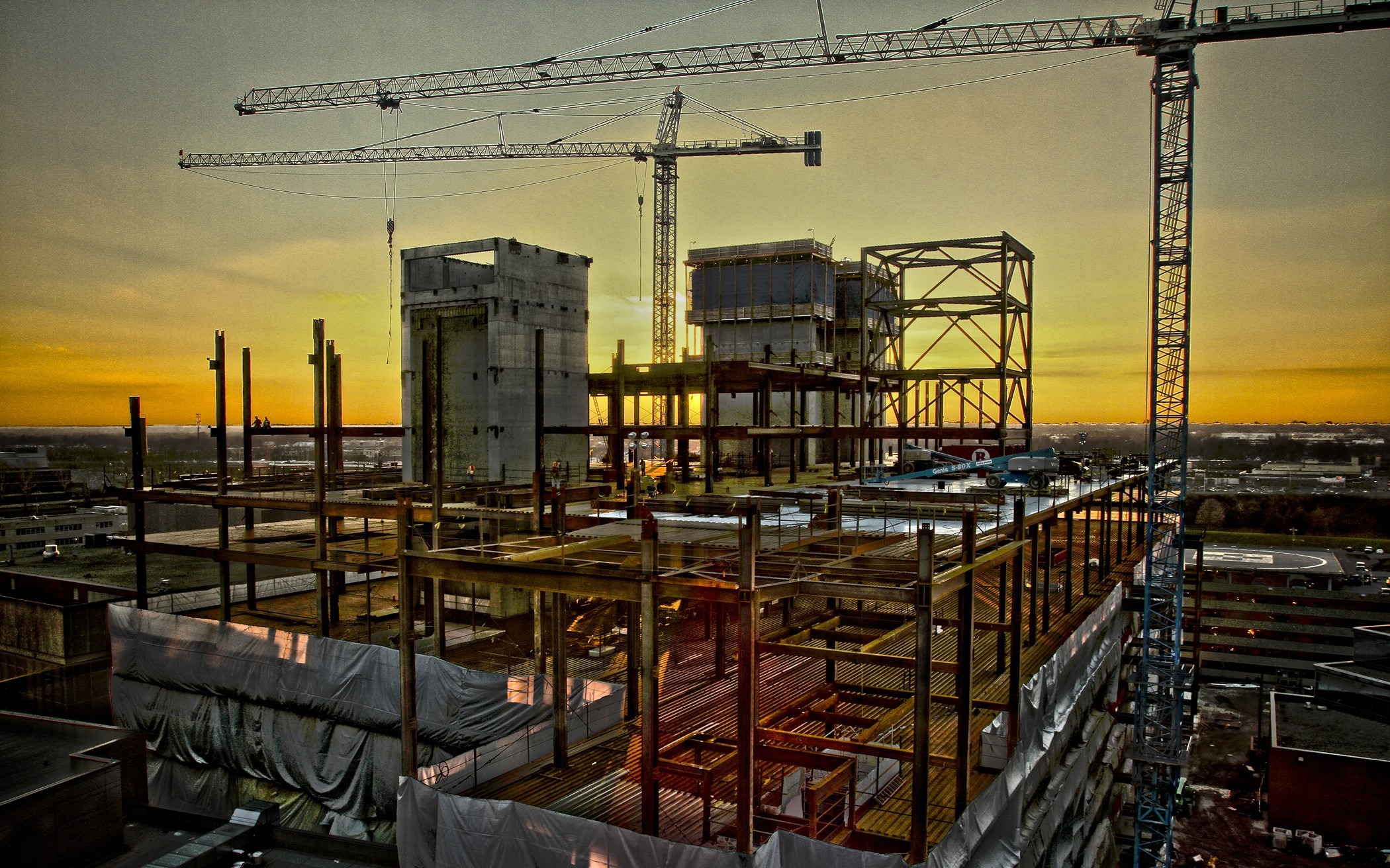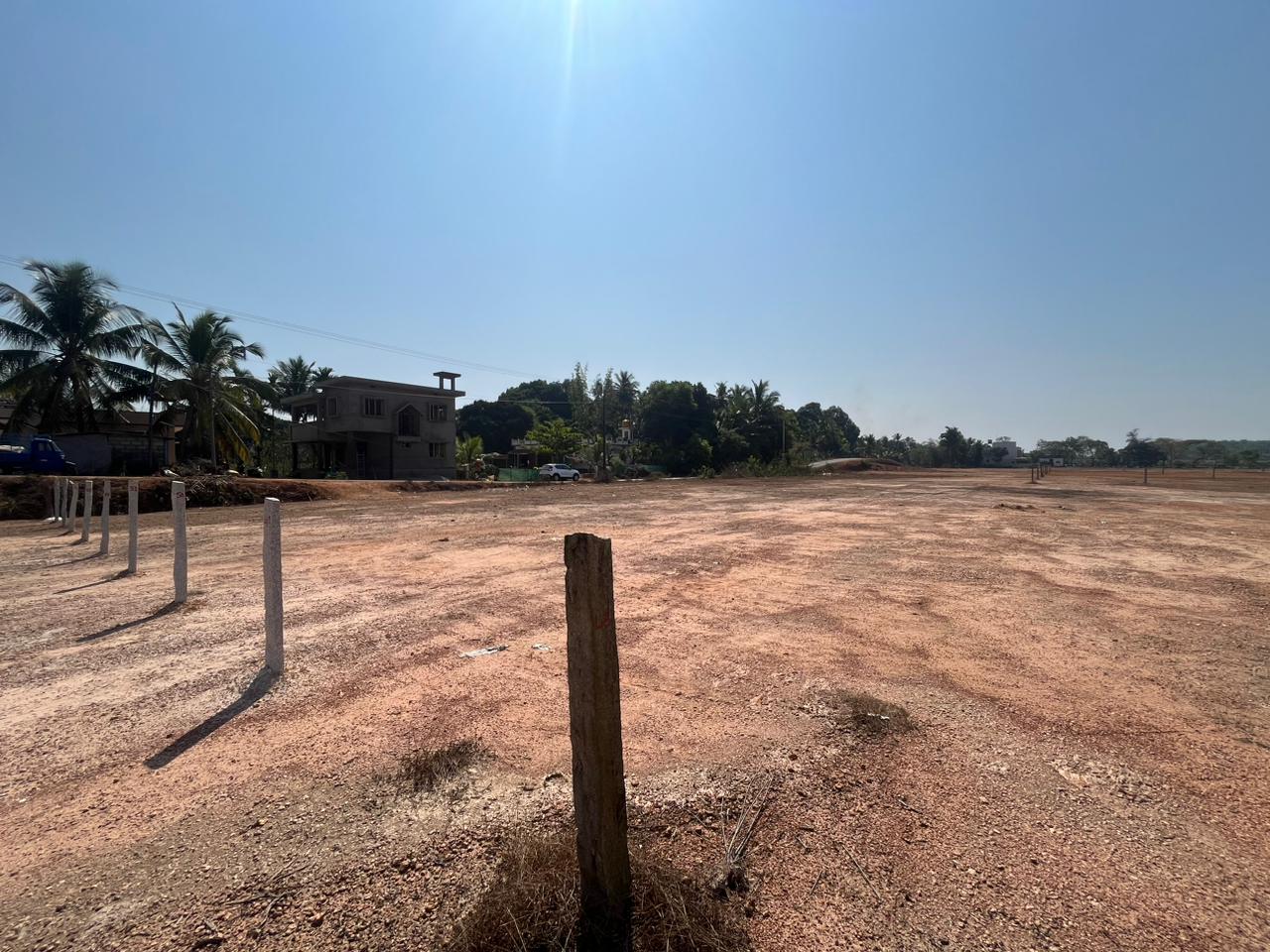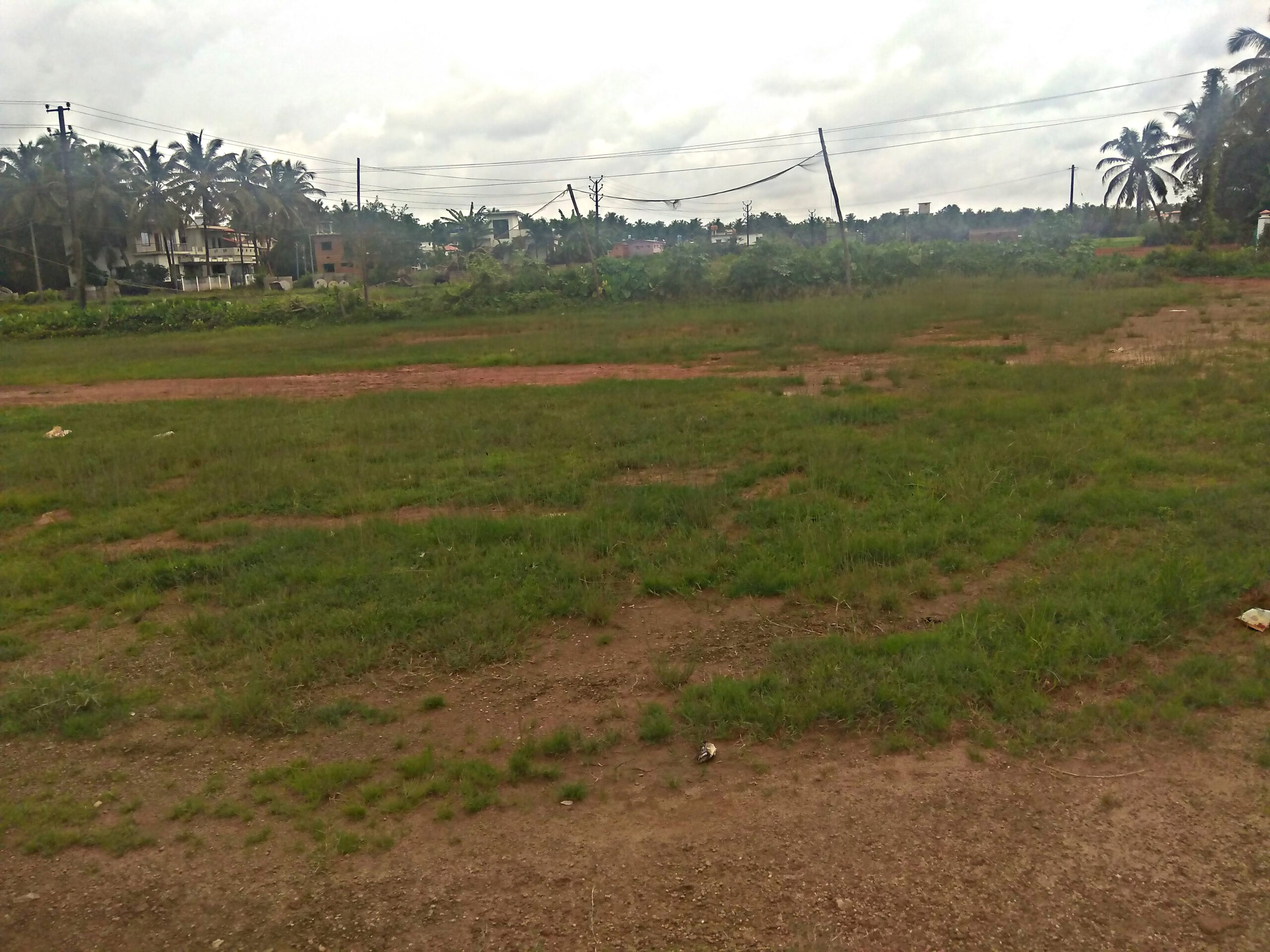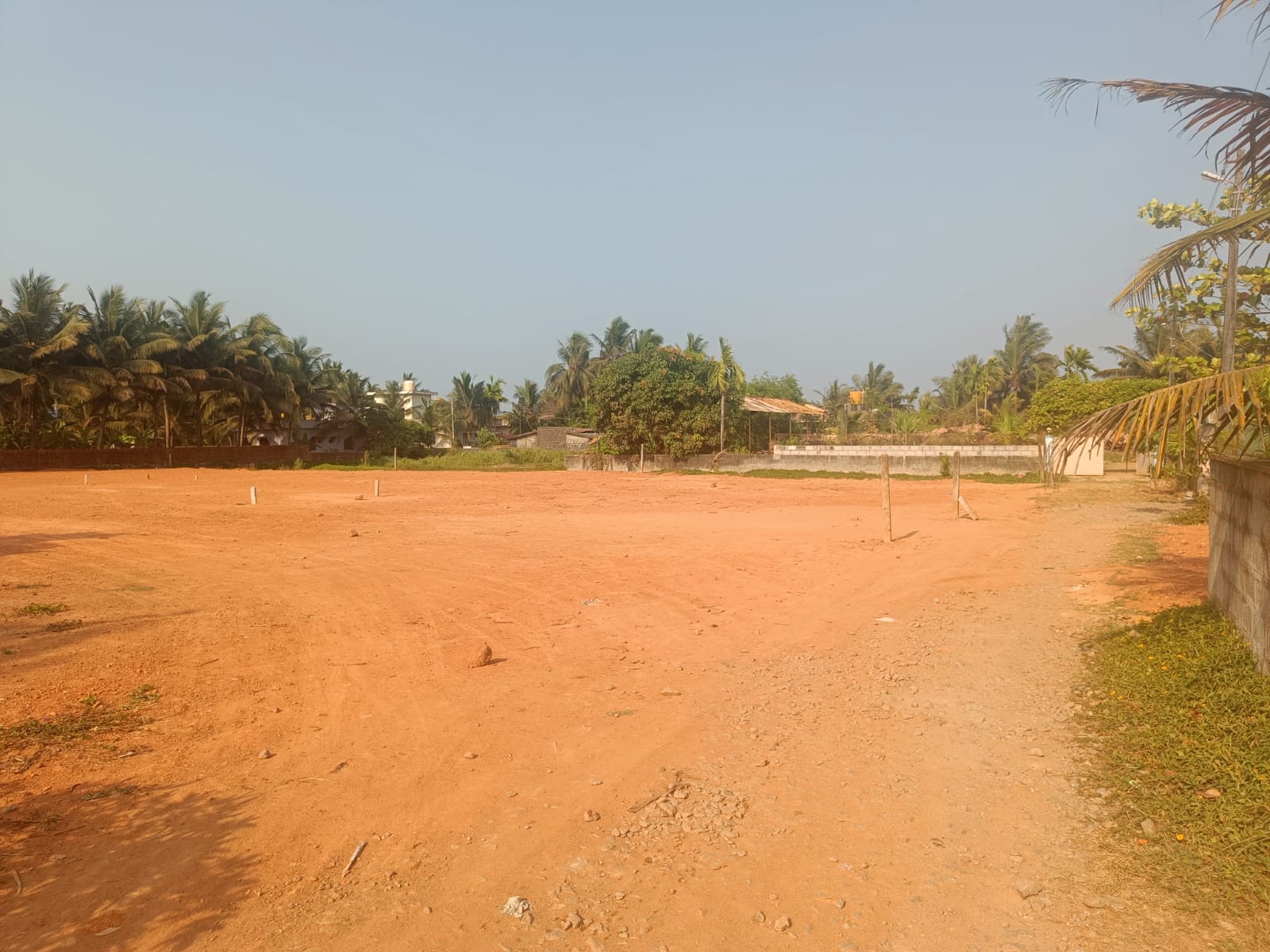Choosing the Correct Property: A Guide to Smart Real Estate Investment
Introduction: In the realm of real estate investment, the adage “location, location, location” often takes center stage. However, savvy investors know that it’s not just about where a property is situated, but also about choosing the right type of property. Whether you’re a seasoned investor or a newcomer to the world of real estate, understanding how to select the correct property can make all the difference in your investment success. In this blog post, we’ll explore some key considerations to help you make informed decisions when choosing a property for investment purposes.
- Define Your Investment Goals: Before diving into the property search, it’s essential to clearly define your investment goals. Are you looking for long-term rental income, short-term capital appreciation, or a combination of both? Understanding your investment objectives will guide your property selection process and help you narrow down your options.
- Know Your Market: Every real estate market is unique, with its own set of dynamics and trends. Conduct thorough research on the local market conditions, including property prices, rental yields, vacancy rates, and demand-supply dynamics. Understanding the market fundamentals will enable you to identify areas with strong investment potential and avoid potential pitfalls.
- Consider Property Type: Real estate offers a diverse range of investment opportunities, from residential properties such as single-family homes, condos, and apartment buildings to commercial properties such as office buildings, retail spaces, and industrial warehouses. Each property type comes with its own set of pros and cons, so it’s essential to consider factors such as market demand, potential rental income, maintenance costs, and liquidity.
- Assess Risk and Return: Investing in real estate inherently involves risk, and different property types carry varying levels of risk and return. Higher-risk properties, such as fixer-uppers or properties in emerging markets, may offer the potential for higher returns but also come with increased uncertainty and volatility. Conversely, lower-risk properties, such as stabilized rental properties in prime locations, may offer more stable cash flows but lower upside potential. Assessing risk and return is crucial in determining the right balance for your investment portfolio.
- Factor in Financial Considerations: When evaluating potential properties, it’s essential to crunch the numbers and assess their financial viability. Consider factors such as purchase price, financing options, rental income potential, operating expenses, property taxes, and potential for appreciation. Conducting a thorough financial analysis, including cash flow projections and return on investment calculations, will help you determine whether a property aligns with your investment objectives and financial goals.
- Seek Professional Advice: Navigating the complex world of real estate investment can be daunting, especially for beginners. Consider seeking advice from experienced real estate professionals, such as real estate agents, property managers, financial advisors, and attorneys. Their expertise and insights can provide valuable guidance and help you make informed decisions throughout the investment process.
Conclusion: Choosing the correct property is a critical step in building a successful real estate investment portfolio. By defining your investment goals, understanding the local market, considering property types, assessing risk and return, factoring in financial considerations, and seeking professional advice, you can make informed decisions that align with your investment objectives and set you on the path to investment success. Remember, investing in real estate is not just about buying a property; it’s about making smart choices that generate long-term wealth and financial security.














